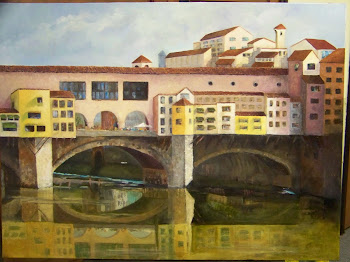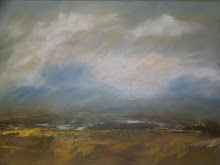 Have you ever eaten a Parisian macaron? I had never had the pleasure until I was in Colmar, France back in 2002. There, in a beautiful little magasin de patisserie with sparkling glass display cases, rich dark wood paneling and shining brass railings, we were seated at a little table with a crisp white tablecloth. Our coffee and tea were served in delicate teacups so thin you could see light shining through. Soft French music was playing in the background.
Have you ever eaten a Parisian macaron? I had never had the pleasure until I was in Colmar, France back in 2002. There, in a beautiful little magasin de patisserie with sparkling glass display cases, rich dark wood paneling and shining brass railings, we were seated at a little table with a crisp white tablecloth. Our coffee and tea were served in delicate teacups so thin you could see light shining through. Soft French music was playing in the background. One by one, we gazed at the perfect French pastries in the cases. We made our choices and they were delivered to our table. It was at that moment I tasted my first macaron. It was one of those moments I will never forget, I had tasted heaven!
Although predominately a French confection, there has been much debate about its origins. Larousse Gastronomique cites the macaron as being created in 791 in a convent near Cormery. Some have traced its French debut back to the arrival of Catherine de' Medici’s Italian pastry chefs whom she brought with her in 1533 upon marrying Henry II.
In the 1830s macarons were served two-by-two with the addition of jams, liqueurs, and spices. The macaron as it is known today was called the "Gerbet" or the "Paris macaron" and is the creation of Pierre Desfontaines of the French pâtisserie Ladurée, composed of two almond meringue disks filled with a layer of buttercream, jam, or ganache filling.
If you aren’t up to making your own, try Natasha's Mulberry & Mott in Leawood’s Mission Farms.
I hope you try making them, it is far more economical!
I order my almond flour from King Arthur Flour at http://www.kingarthurflour.com/
Here is my favorite recipe.
1/2 cup (3 to 4 large) egg whites, at room temperature
Food coloring (optional)
1/2 teaspoon pure vanilla extract
1 1/2 cups blanched almond meal or flour (5.3 ounces)
1 1/3 cups powdered sugar (5.3 ounces)
3/4 cup granulated sugar
Pulse confectioners' sugar and almond flour in a food processor until combined. Sift mixture 2 times.
Preheat oven to 375 degrees. Whisk whites with a mixer on medium speed until foamy. Add cream of tartar, and whisk until soft peaks form. Reduce speed to low, then add superfine sugar. Increase speed to high, and whisk until stiff peaks form, about 8 minutes. Sift flour mixture over whites, and fold until mixture is smooth and shiny.
Transfer batter to a pastry bag fitted with a 1/2-inch plain round tip, and pipe 3/4-inch rounds 1 inch apart on parchment-lined baking sheets, dragging pastry tip to the side of rounds rather than forming peaks. Tap bottom of each sheet on work surface to release trapped air. Let stand at room temperature for 15 minutes. Reduce oven temperature to 325 degrees. Bake 1 sheet at a time, rotating halfway through, until macarons are crisp and firm, about 10 minutes. After each batch, increase oven temperature to 375 degrees, heat for 5 minutes, then reduce to 325 degrees.
Let macarons cool on sheets for 2 to 3 minutes, before transfering to a wire rack. (If macarons stick, spray water underneath parchment on hot sheet. The steam will help release macarons.)
Sandwich 2 same-size macarons with 1 teaspoon jam. Serve immediately, or stack between layers of parchment, wrap in plastic, and freeze for up to 3 months.
Variation:
You can flavor the macaron mixture before baking. My favorite is to add 1 tablespoon fresh raspberry puree, strained, in place of the vanilla, plus 3 to 4 drops dusty- rose gel-paste food coloring.
For chocolate, substitute 3 tablespoons unsweetened Dutch-process cocoa powder for 1/4 cup of the almond flour. Use chocolate ganache for the filling.
I must tell you using a pastry bag and tube to form the macarons takes a little practice. You do not want them shaped as a rosette, but rather, as fairly flat disks, all the same size. Practice makes perfect and it is so gratifying when you accomplish an entire baking sheet of perfectly formed and uniform macarons!





